Robot artist Ai-Da paints at the Global Artificial Intelligence Summit in Geneva, Switzerland, May 30, 2024. (Photo: THX/TTXVN)
A new report finds that the world’s leading tech companies’ commitment to carbon neutrality is increasingly being questioned as the wave of AI development drives energy demand to grow rapidly and out of control. Chatbots like OpenAI’s ChatGPT, Google’s Gemini, Microsoft’s Copilot, and Facebook’s Llama are software applications, but they require a network of supercomputers around the world to operate. Every time a user asks a question, millions of calculations are performed in data centers, consuming huge amounts of electricity.
A study by MIT Technology Review found that training a large AI model can consume more energy than the average small city consumes in a year. For example, training OpenAI’s AI model, GPT-4, consumed the same amount of electricity as 175,000 American homes in a day. Apple, Google, and Meta have set a goal of achieving net zero emissions by 2030, while Amazon has set a target of 2040, and Microsoft has said it will achieve zero emissions by the end of the decade. But analysts say those claims were made before the AI boom and are now becoming increasingly out of touch with reality.
Thomas Day, one of the authors of the report, published by Carbon Market Watch and the NewClimate Institute, said that the climate goals of tech companies are losing their meaning. If energy consumption continues to escalate without adequate controls or oversight, the likelihood of achieving the goals is very low.
The report rated the integrity of the climate strategies of large corporations such as Meta, Microsoft and Amazon as poor, while Apple and Google were rated average. In terms of the quality of their emission reduction targets, Meta and Amazon were rated as very poor, while Google and Microsoft were rated as poor. Only Apple was rated higher. The main reason for the sharp increase in emissions is the expansion of AI operations and the accompanying data center systems, which consume huge amounts of electricity. Over the past 3-4 years, the electricity consumption and corresponding carbon emissions of some companies have doubled or even tripled.
The report found that the world’s 200 largest tech companies’ operating emissions were close to 300 million tonnes of CO2 in 2023. If the downstream value chain were included, the figure could be nearly five times higher. If the tech industry were a country, it would rank fifth globally in terms of greenhouse gas emissions, higher than Brazil.
The International Energy Agency (IEA) says that electricity supply to data centers has increased by an average of 12% per year from 2017 to 2024, and is expected to double by 2030. However, the majority of electricity is still not coming from renewable energy, despite ambitious claims from businesses.
It’s worth noting that about half of data center processing capacity is now run by subcontractors, but many companies don’t include their emissions in their official calculations. The equipment and infrastructure supply chain, which contributes at least a third of emissions, is also often overlooked. While renewable energy investments are increasing, they’re not enough to offset the industry’s growing electricity consumption, says Thomas Day.
The report points out that, given that AI is seen as a driver of economic growth and a strategic tool in industrial policy, it is unlikely that governments will intervene to limit the industry’s growth. However, experts believe there is still room for improvement. Ensuring data centers use renewable electricity, extending equipment life and increasing the proportion of recycled materials in hardware manufacturing can contribute to reducing emissions.
According to BINH MINH/Nhan Dan Newspaper
Link to original article
Source: https://baovanhoa.vn/nhip-song-so/ai-va-bai-toan-nang-luong-147512.html


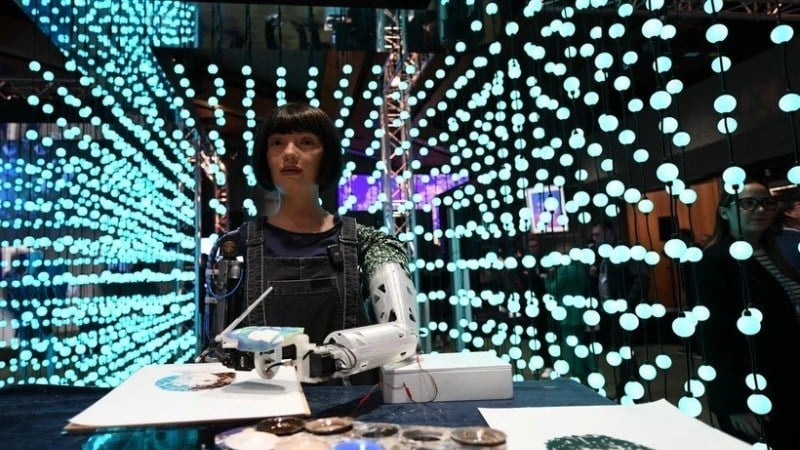










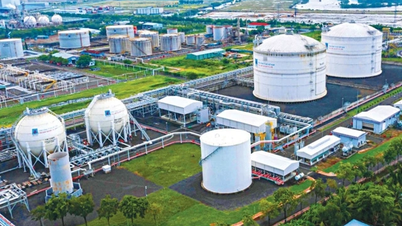

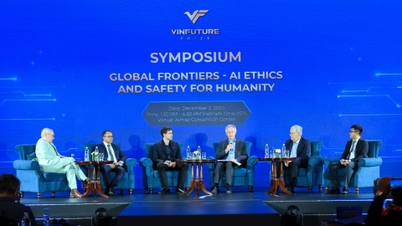



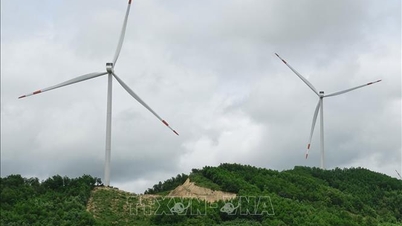

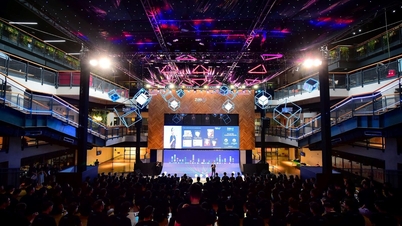
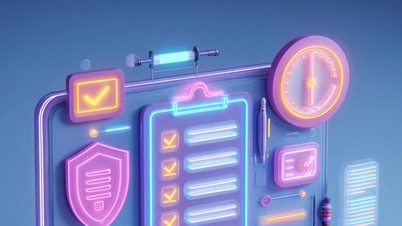















![[Photo] Parade to celebrate the 50th anniversary of Laos' National Day](/_next/image?url=https%3A%2F%2Fvphoto.vietnam.vn%2Fthumb%2F1200x675%2Fvietnam%2Fresource%2FIMAGE%2F2025%2F12%2F02%2F1764691918289_ndo_br_0-jpg.webp&w=3840&q=75)

















































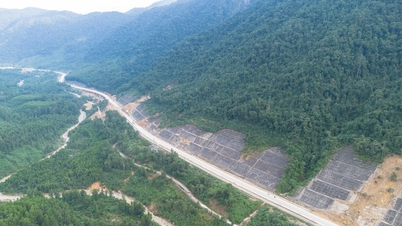





















Comment (0)